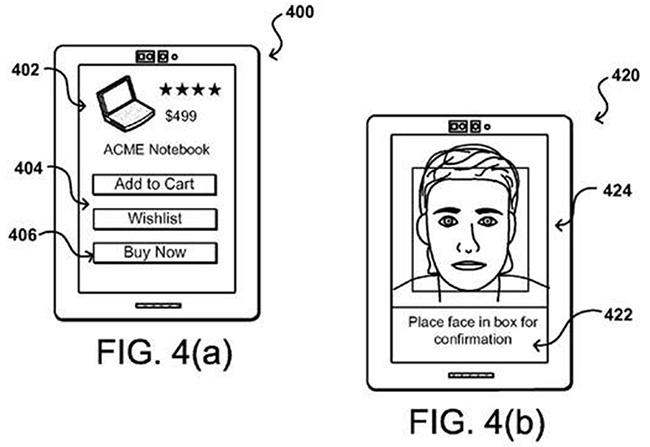Amazon selfie password: Is this the future?

Amazon’s “Selfie Authentication” allows the site’s customers to user facial recognition to authenticate themselves to the website in order to make a purchase. While not entirely unique, the recent announcement by the retail giant was huge because of its implication to users and to authentication.
With the Amazon selfie password, a customer would simply take a video or photograph of themselves (in place of a password) to ensure that the user is who they say they portray themselves to be.
To eliminate the issue of people using someone else’s picture to gain access to another person’s account, the authentication method requires the user to take a second video, or photograph, where they perform a human movement, such as blink or smile, to ensure it is the actual live user and not a picture of the account’s owner.

This allows each Amazon customer to use their mobile device or laptop or desktop camera for purchases. Similar technology for facial recognition is inherent in Windows 10; however, there is a limited set of cameras available to support the technology. Password and authentication methods are rapidly changing and becoming more innovative as technology advances, as is being proven by these selfie passwords. Organizations are ever in the hunt to ensure security of their network, but customers and users demand more convenience in their interactions with the companies they work support. These two needs have led many organizations to seek out more advanced authentication methods than the simple password.
Authentication methods
But this isn’t our first rodeo. As an industry, we’ve been here before. There have been numerous authentication methods developed over the years that during their time they were once thought of as futuristic, but are now being used in many industries. One of these is the use of biometrics. Biometrics is the use of the human body or traits to verify the individual. Such methods use human voice, fingerprints, retina scanning or facial recognition to authenticate users.
Amazon already has an extremely easy purchase process with its “one click ordering.” This ensures that customers can quickly make a purchase without being inconvenienced or deterred from exiting out of the website without buying the product.
The new selfie authentication allows the company to greatly improve their security without having to interfere with this convenience. Customers can quickly and easily make a purchase from anywhere from any one of their devices by simply taking a couple of “selfies” to allow for facial recognition. This technology should also reduce the sharing of Prime accounts to only the named user, thereby increasing revenue from this stream or potentially saving the company by limiting the availability of free two-day shipping.
This also greatly eliminates the need for customers to remember any type of password. Customers no longer need to write down their passwords to remember them since they are just simply using something that they will always know and have, their face! One of the most common password security issues is that since users log into a ton of websites for both work and their personal lives, they tend to write down their credentials in order to remember them. This also eliminates another security risks of customers using a simple password, which is the same one they use for several other websites, resulting in potential hacks.
The future of authentication
So what does this mean for the future of authentication? Passwords and authentication methods will continue to evolve to ensure that they are keeping the network safe, but aren’t interfering with customer convenience. Organizations want to ensure security of their networks but don’t want passwords or authentication to limit in anyway limit the customer experience or the buying process.